QUANTUM Communications Breakthrough
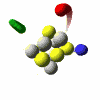 Major Quantum Communications BreakthroughFor the first time physicists have achieved quantum entanglement between two large clouds of gas. This achievement means we may live in a future that contains super-fast quantum computers, instant communication over unlimited distance, and even a sort of teleportation. Among other things, quantum computers will be able to function far more efficiently than the human brain, and to be much, much larger. It's possible that these experiments are the forerunners of the first genuinely intelligent machines. Eugene Polzik and his co-workers at the University of Aarhus in Denmark have entangled particles from clouds of gases separated by a long distance, by transferring information from one to another by laser. They managed to entangle about a million million caesium atoms, while the previous record was just four atoms. “This work should pave the way for a new generation of experiments to teleport states of matter,” says Ignacio Cirac, a quantum physicist at Austria’s University of Innsbruck. Teleportation will not involve the deconstruction and reconstruction of humans, Star Trek-style. But it will allow the condtion of one set of quantum particles to reproduce more or less instantly in a similar collection of distant particles. In this way a message encoded in photons of light could be transmitted from one place to another instantly. Entanglement will also enable scientists to invent high-speed quantum computing. Quantum particles such as atoms or photons can exist in distinct states, like the head or tail of a coin. These two states are actually defined by the directions of the atoms’ magnetic fields. Such particles can also exist in both states at once in superposition, which is comparable to a coin spinning in the air before it lands. If we toss two coins at once, their outcomes are independent of each other--if one is heads, the other could be either heads or tails. But two entangled quantum particles have interdependent fates: if one is in a ‘heads’ state, for instance, the other must be in a ‘tails’ state. Maintaining this kind of superposition is very difficult, and for any practical applications, entanglement has to include thousands, or even millions, of particles. Polzik and his team solved this problem by not using full entanglement, where the state of each particle depends on the state of every other particle. Instead, they generated two loosely entangled clouds of caesium gas, one with slightly more atoms in a ‘heads’ state and the other with slightly more of them in a ‘tails’ state. The interdependence of these clouds makes them much easier to maintain and use than just the altered quantum states of a few atoms. It’s impossible, however, to maintain full entanglement of this many atoms for longer than a million- billionth of a second. Polzik’s team can keep their two clouds in a loose entanglement for half a millisecond, but they hope to maintain it for longer in the future. If this can be done, they will have discovered the basis for the quantum computers of the future. Opinion: This experiment suggests, like others have in the recent past, that faster-than-light communication must be possible. It could very easily explain the radio silence of the universe. Why communicate at low velocities like light speed, when instantaneous communication over unlimited distances is easy? Quantum Weirdness in Real LifeScientists used to think that the ideas of quantum physics— for instance, that everything is in "superposition" (both everywhere and nowhere) until observed and that particles can be "entangled" and affect each other at great distances— applied only on the atomic level, but now they're using quantum weirdness to create incredible new inventions. In Business Week, John Carey quotes physicist William D. Phillips as saying, "To common sense, quantum mechanics is nonsensical." But it's already been used to create lasers and MRI machines. Phillips is clumping together groups of atoms that are both "everywhere" and "nowhere" at the same time. He says, "Every atom is everywhere—that's what makes it so wonderful…It can do some amazing things." Physicist John Preskill says, "Physicists relish the weirdness, but now we're starting to ask if we can put the weirdness to work." Quantum weirdness makes unbreakable codes possible and could enable us to transmit electricity over long distances with no loss of power. One of the most important quantum inventions being worked on is a computer that can solve problems in 30 seconds that would take 10 billion years using today's supercomputers. "We have not yet begun to figure out what the applications are," says physicist Carl J. Williams. "But the risk is underestimating the impact." Mark Peplow writes in nature.com that scientists have evidence that an atom and a photon (the smallest particle of light) can share the same information, an important step in creating a quantum computer, which would process information using atoms instead of transistors and circuit boards. This new discovery means that light can carry the atom's information from one place to another—at the speed of light! Computers store information as a series of bits, which are switches that can be "on" or "off." In the cadmium atom, the tiny magnetic fields of the nucleus and an outer electron can either point in the same direction (on) or opposite directions (off). Once the atom is in one of these states it will stay that way for thousands of years, says researcher Chris Monroe. But in the quantum world, the cadmium atom can be both on and off at the same time, since it's in "superposition" and the atoms are "entangled." "Einstein called this 'spooky action at a distance,'" says Monroe. "It is as if there are hidden wires connecting the two. We do not know how they got there, but they are essential for quantum computing." "The goal is the control of quantum matter," says physicist Immanuel Bloch. "It's a great challenge, but there are great rewards." The physicist Erwin Schrödinger said that quantum theory would allow the existence of a cat that was both living and dead at the same time. Physicists can't do this with a cat yet, but they may be able to do it with a tiny mirror the size of a red blood cell. Previously, it was thought that nothing larger than an atom could retain quantum properties. A blood cell may be small, but it's millions of times larger than an atom, and in the world of quantum effects, this is huge. Philip Ball writes in Nature.com that the mini-mirror, pasted on the end of a tiny arm, is attached to a single photon of light in a quantum superposition, meaning it's nowhere and everywhere—or two places at once. While the conditions necessary to create this effect are highly restrictive, involving a perfect vacuum and temperatures approaching absolute zero, but this may not remain the case forever. Before this experiment, researcher William Marshall, along with other quantum physicists, always assumed that items larger than an atom were subject to decoherence, which prevents what they call "quantum weirdness," the ability of particles to be two places at once and for a change in one particle to influence the other, no matter how far apart they are. Is this a case of today's scientific miracle becoming tomorrow's ordinary technology? One of the strangest sights a human being can behold is that of one unidentified flying object becoming two. And yet it happens frequently enough to have been reported by dozens of witnesses. When we see UFOs, we could be looking at an advanced version of this technology, which is just beginning to be explored here on earth. |

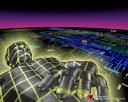



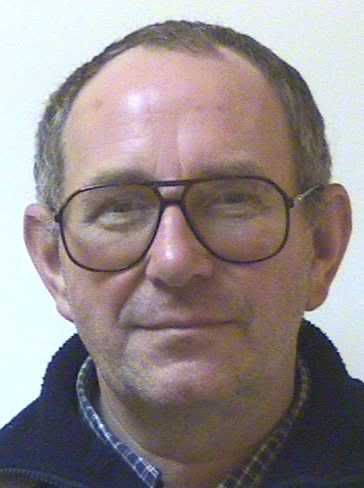
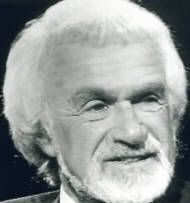

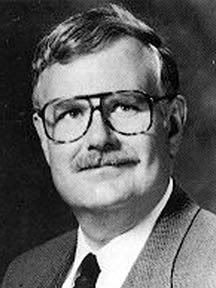
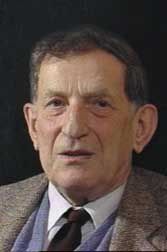
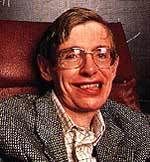
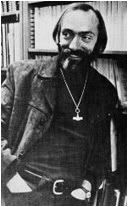
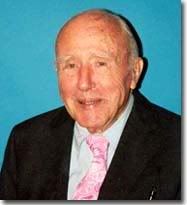
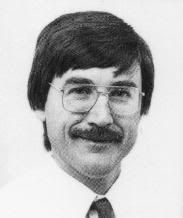



<< Home